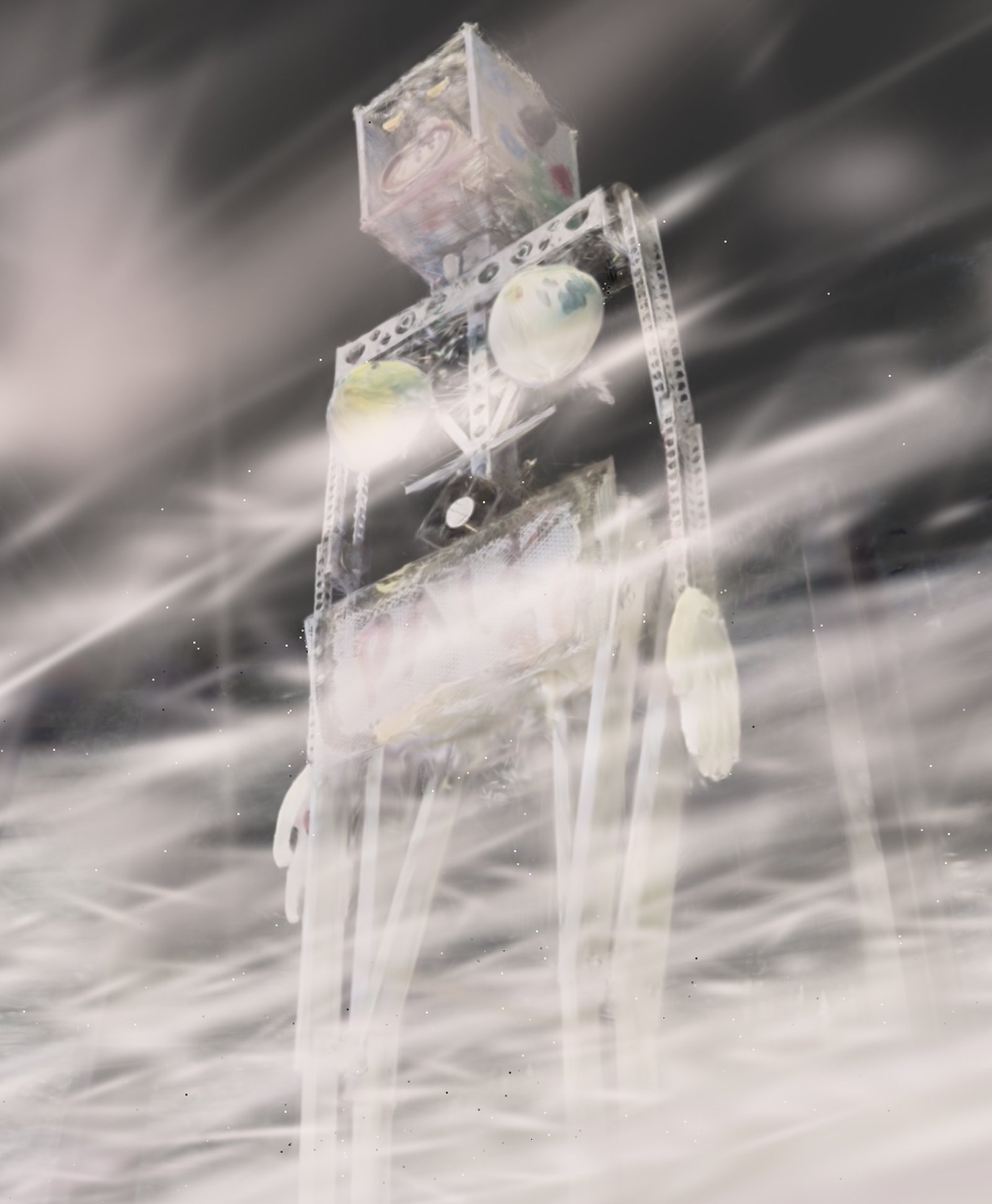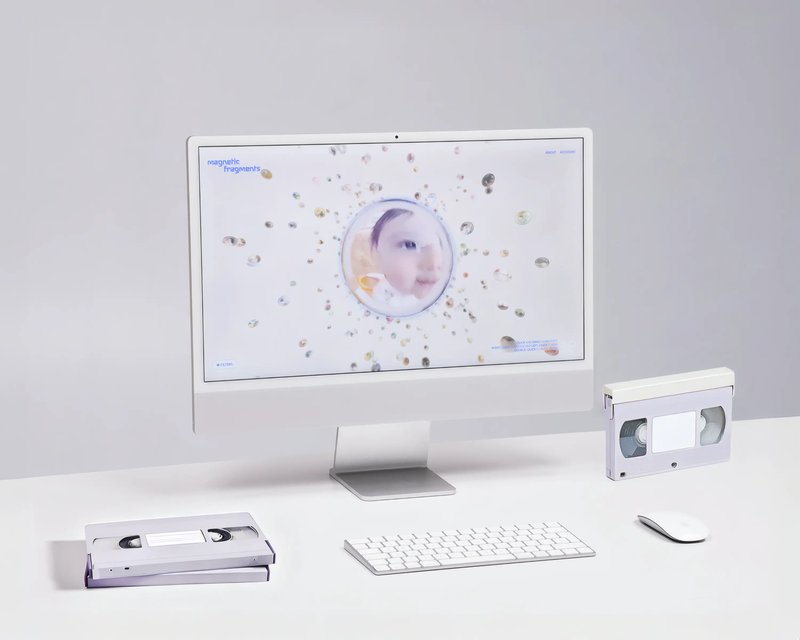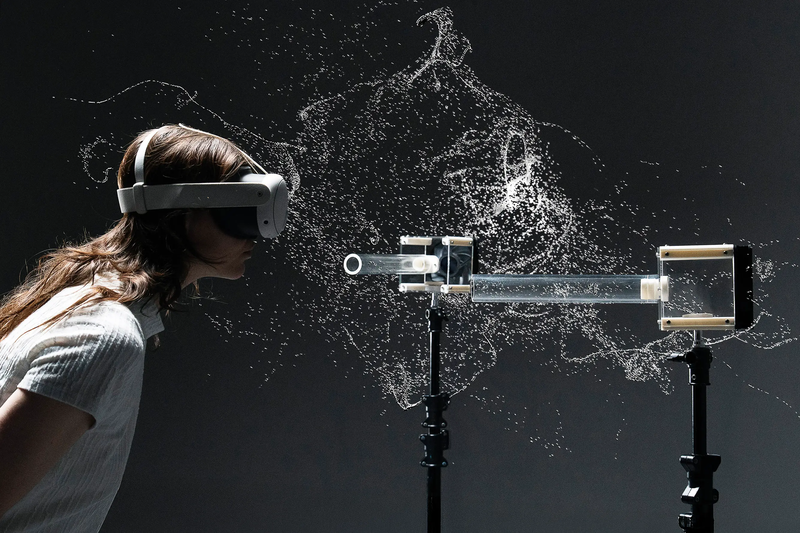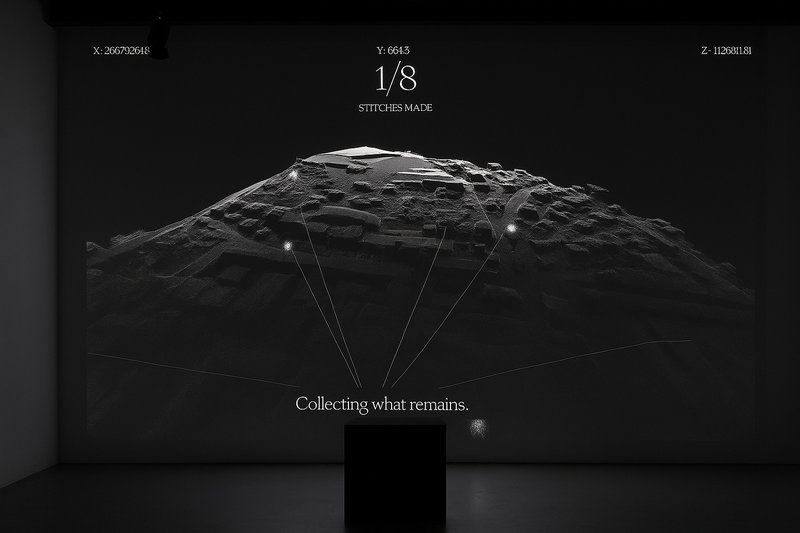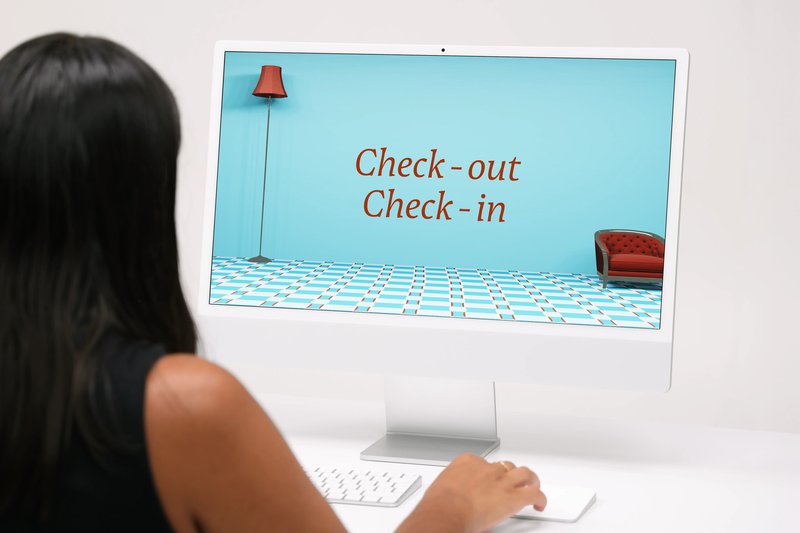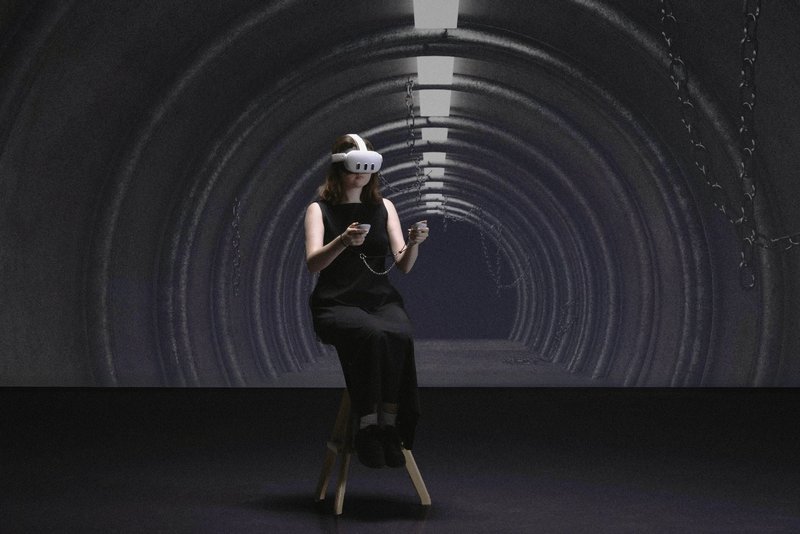
BA MEDIA & INTERACTION DESIGN
Ayten Gönel – Tied Realities
with Pauline Saglio, Christophe Guignard, Alain Bellet, Gaël Hugo, Lara Défayes, Laura Nieder
Tied Realities is an interactive virtual reality (VR) experience that questions the relationship between material and immaterial space. In VR, physical space is rarely considered a constraining parameter in the creation of the environment. the project seeks to reverse this logic by integrating a physical constraint at the heart of the virtual experience. Plunged into an oppressive environment, each participant is invited to interact with an device that binds their wrists and restricts their movements. This device acts as a material representation of the discomfort felt by the protagonist in VR, which becomes the central element of the narrative, structuring the environment and interactions. Tied Realities then allows to experience the friction between digital freedom and physical limits.
